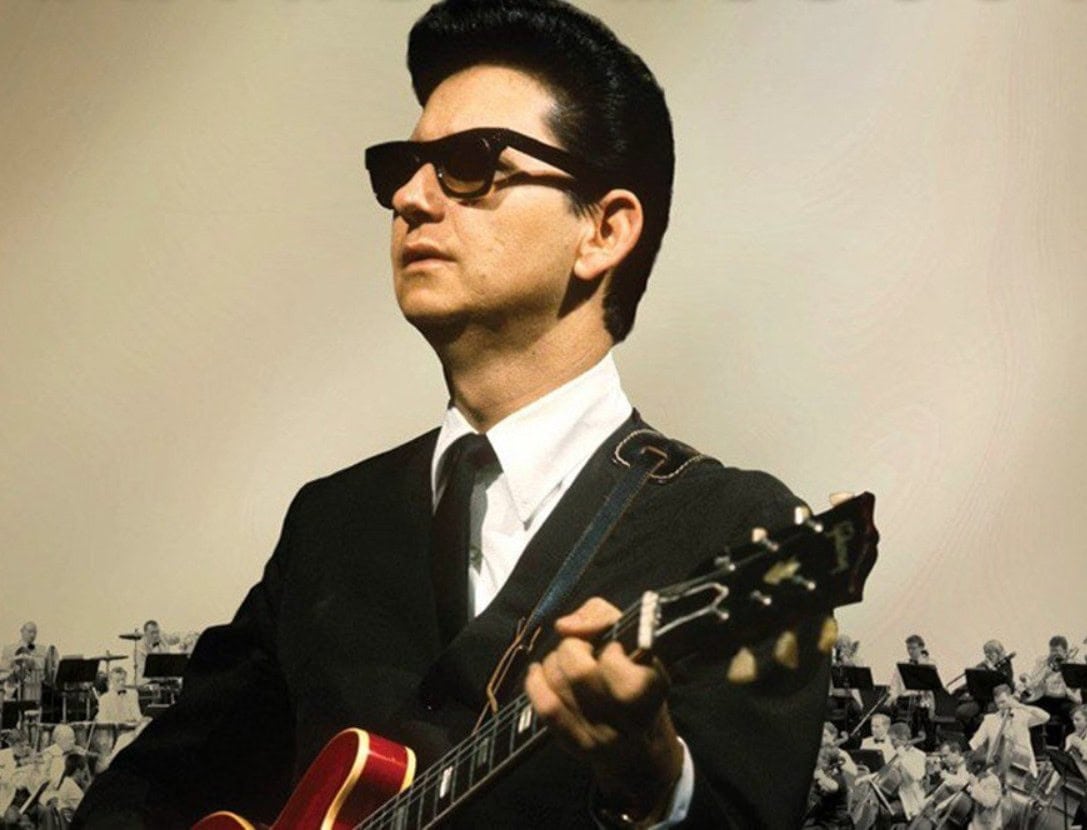
“Oh, Pretty Woman,” often simply known as “Pretty Woman,” is a classic song that holds a special place in music history. Recorded by Roy Orbison, this song was released in August 1964 and quickly became a major hit. Written by Orbison and his collaborator Bill Dees, it topped the Billboard Hot 100 for three weeks, making it one of Orbison’s most celebrated singles. It also reached number one on the UK Singles Chart, demonstrating its international appeal.
The song’s success marked a high point in Orbison’s career. Its catchy melody and memorable lyrics made it an enduring favorite, with the single selling seven million copies and receiving gold certification from the RIAA in October 1964. The song was even ranked as the number four song of 1964 by Billboard. The differences between the single and the LP versions of the song are notable; the single version had slightly altered lyrics to ensure it was appropriate for the time.
Inspired by a casual conversation Orbison had with his wife, Claudette, the song’s title reflects a playful remark made by Orbison’s co-writer. The recording session featured a talented lineup of musicians, including four guitarists and other prominent players, all contributing to the song’s rich sound.
The song’s impact extends beyond its original release. It inspired the title of the 1990 film “Pretty Woman” and a 2018 Broadway musical adaptation. Additionally, “Oh, Pretty Woman” was involved in a significant Supreme Court case that affirmed the importance of parody in fair use.
Roy Orbison’s recording of “Oh, Pretty Woman” earned posthumous accolades, including a Grammy Award in 1991 and induction into the Grammy Hall of Fame in 1999. It is also listed among the Rock and Roll Hall of Fame’s 500 Songs that Shaped Rock and Roll and was preserved in the National Recording Registry by the Library of Congress in 2008. Its lasting legacy is a testament to its timeless appeal and Orbison’s remarkable talent.
Video
Lyrics
Pretty woman walkin’ down the street
Pretty woman, the kind I’d like to meet
Pretty woman, I don’t believe you, you’re not the truth
No one could look as good as you
Mercy
Pretty woman, won’t you pardon me?
Pretty woman, I couldn’t help but see
Pretty woman, that you look lovely as can be
Are you lonely just like me?
Grrrow
Pretty woman, stop awhile
Pretty woman, talk awhile
Pretty woman, give your smile to me
Pretty woman, yeah, yeah, yeah
Pretty woman, look my way
Pretty woman, say you’ll stay with me
‘Cause I need you, I’ll treat you right
Come with me, baby, be mine tonight
Pretty woman, don’t walk on by
Pretty woman, don’t make me cry
Pretty woman, don’t walk away, hey
Okay
If that’s the way it must be, okay
I guess I’ll go on home, it’s late
There’ll be tomorrow night, but wait
What do I see?
Is she walkin’ back to me?
Yeah, she’s walkin’ back to me
Oh, oh, pretty woman